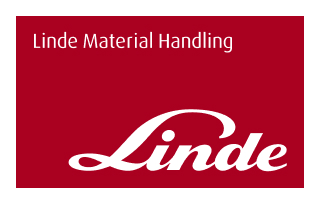- Blog
- Technical


A forklift is one of the most versatile and essential pieces of material handling equipment, but it’s only safe and effective when operated within its limits. The forklift load capacity chart is the key to understanding how much your forklift can safely lift, at what height, and under which conditions. Knowing how to read this chart is critical for both safety and performance in the workplace.
A forklift load capacity chart is typically displayed on the forklift’s data plate (also called the nameplate). It contains vital information about the machine’s rated lifting capacity under specific conditions.
Every forklift operator should be trained to read and interpret this chart correctly. It helps ensure the load is handled safely without overloading the forklift, which could cause tipping, instability, or mechanical failure.
Understanding the load capacity chart is not just about efficiency it’s about safety and compliance. Overloading can lead to accidents, damage to stock, and even breaches of workplace safety regulations.
Using a forklift beyond its capacity creates mechanical stress, causing premature wear and increasing the need for forklift repairs. Overloading can lead to issues such as mast misalignment, hydraulic leaks, or bent forks.
Regular forklift maintenance should include checking the data plate for legibility and accuracy. If the plate is damaged or the information is outdated, it should be replaced immediately to ensure safe operation.
You should seek professional advice when:
For accurate inspections, load testing, and forklift maintenance, Linde Material Handling Australia provides expert services to keep your equipment compliant and in peak condition.
Reading and applying the forklift load capacity chart is essential to workplace safety, regulatory compliance, and equipment longevity. By following the chart’s guidance, avoiding overloading, and integrating it into daily operations and maintenance, you not only protect your team but also extend the life of your forklift.
If you need assistance with updating your forklift’s load capacity chart, or arranging forklift maintenance or repairs contact us today.
CONTACT US